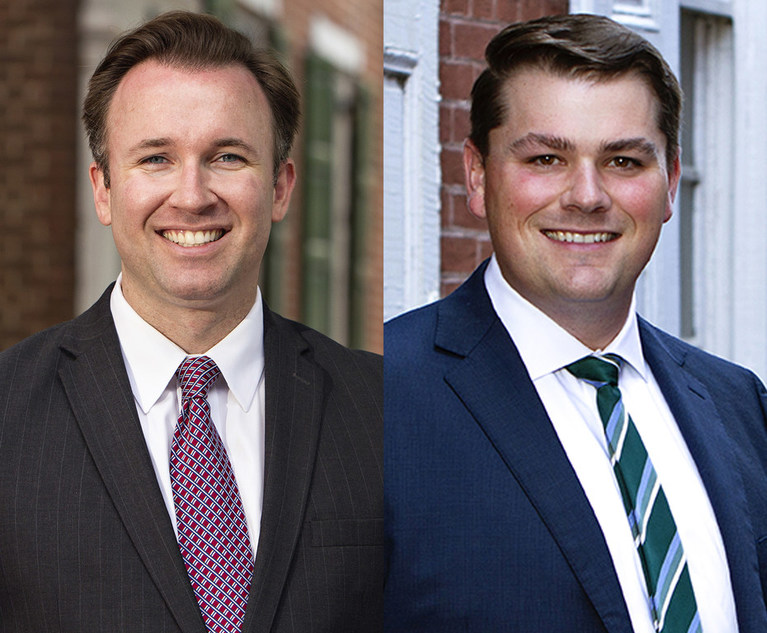Lawsuits pending before the U.S. Court of Appeals for the D.C. Circuit are likely to shape the U.S. Environmental Protection Agency’s (EPA’s) authority to regulate greenhouse gas (GHG) emissions from stationary sources under the Clean Air Act (CAA). These legal challenges involve two high-profile CAA deregulatory actions: The EPA’s Affordable Clean Energy rule (“Repeal of the Clean Power Plan; Emission Guidelines for Greenhouse Gas Emissions from Existing Electric Utility Generating Units; Revisions to Emission Guidelines Implementing Regulations,” 84 Fed. Reg. 32520 (July 8, 2019)) (ACE Rule) and the EPA’s rule eliminating the transportation and storage segments from and rescinding methane requirements in the new source performance standards for the oil and gas industry (“Oil and Natural Gas Sector: Emission Standards for New, Reconstructed, and Modified Sources Review Rule,” 85 Fed. Reg. 57,018 (Sept. 14, 2020)) (policy Amendments rule) (collectively referred to as the rules). The rules repeal and replace Obama-era GHG emission regulations promulgated pursuant to Section 111 of the CAA, 42 U.S.C. Section 7411.
Section 111 of the CAA grants the EPA authority to establish national performance standards for categories of sources that cause or significantly contribute to “air pollution which may reasonably be anticipated to endanger public health or welfare.” Section 111 of the CAA establishes separate regulatory tracks for new, reconstructed and modified sources and existing sources that would otherwise qualify as regulated new sources. For new, reconstructed, or modified sources, the CAA requires the EPA to establish new source performance standards (NSPS), representing the “best system of emission reduction” (BSER), that apply directly to the particular source category. See 42 U.S.C. Section 7411(b). For existing sources, the EPA is to establish BSER-based emission guidelines that are to be applied through state-issued performance standards. See 42 U.S.C. Section 7411(d).
- The Policy Amendments Rule—Regulating GHG Emissions From New Sources Under Section 111(b) of the CAA


 Gary Steinbauer of Babst Calland Clements & Zomnir. Courtesy photo
Gary Steinbauer of Babst Calland Clements & Zomnir. Courtesy photo




